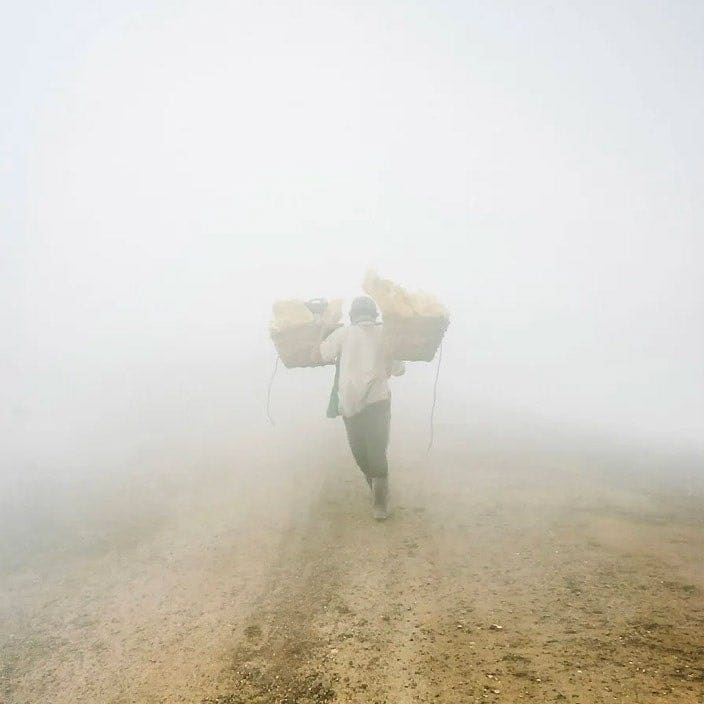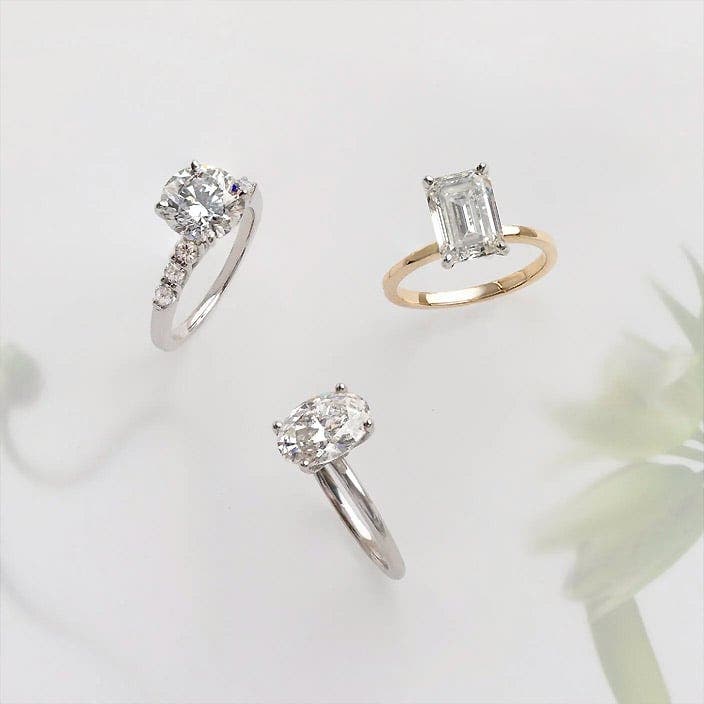Before we define exactly what a "conflict-free" diamond is, it’s important to understand the term "conflict diamond" (also referred to as "blood diamond"). According to CNN, these diamonds are defined as, “illegally traded to fund conflict in war-torn areas, particularly in central and western Africa, according to the World Diamond Council, which represents the commercial diamond trade.”
So what are conflict-free diamonds? Back in 2000, many states in South Africa had had enough. They met to agree upon a process that would stop the trade of conflict diamonds. In the end, over 70 countries, the United Nations, the World Diamond Council, and the European Union agreed upon an organization aimed at encouraging ethically sourced diamonds, commonly known as the Kimberley Process — formally known as Kimberley Process Certification Scheme (KPCS).
As a member of the Kimberley Process, you’re ensuring that your diamonds are "conflict-free" and you cannot trade with non-members. The goal was to push out individuals who were still participating in illegitimate practices and try to bring peace to many of the war-torn areas.
However, the only proof that a batch of diamonds has gone through the Kimberley Process is a certificate that details where the diamonds were mined, how they were extracted from the Earth, where they were cut and polished, and their intended destination. And while it may be easy to assume that the process guarantees ethical diamonds, difficulties arose when it was discovered that members of the KPCS were continuing unethical practices and getting away with it due to lax political will.
A CNN article quotes, “The huge Marange diamond fields of eastern Zimbabwe are operated by military-run syndicates who beat or kill miners who don't mine for them or pay bribes. The extreme violence perpetrated by the military even included the mass murder of hundreds of miners by helicopter gunships.”



